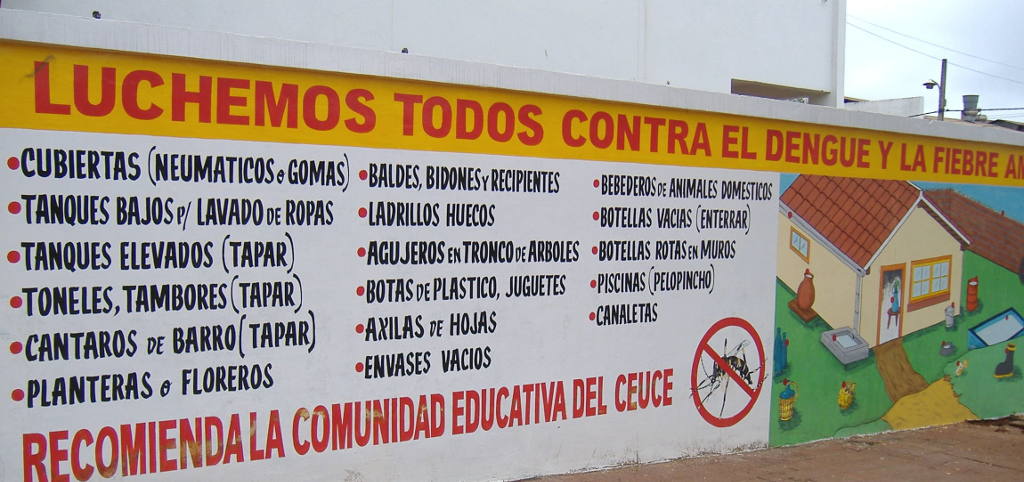Climate Services Can Help Predict Dengue Incidence Several Months in Advance
A model developed by ISGlobal confirms the value of climate information in strengthening early warning systems for mosquito-borne diseases
10.07.2017
By using a model that incorporates seasonal forecasts of precipitation, temperature and El Niño events, the monthly number of dengue cases can be predicted several months in advance, according to a study led by ISGlobal, an institution supported by the “la Caixa” Foundation, and by the London School of Hygiene & Tropical Medicine. The study, published in Lancet Planetary Health, shows that the use of climate information can help public health authorities anticipate disease transmission and optimize the allocation of resources.
The burden of dengue fever has considerably increased over the last decades (almost 60 million cases in 2013, according to WHO). The disease is particularly sensitive to climate conditions – for example, the temperature affects the development and activity of the Aedes mosquito vector as well as the rate of viral replication in the mosquito. However, the collaboration between meteorological and health services is still very limited. In addition, up to now predictions on dengue and climate have been made retrospectively, using data that would not have been available before the dengue season.
This study used for the first time seasonal climate and El Niño forecasts to make long-term predictions of dengue incidence in the city of Machala, Ecuador, a region where the disease is highly endemic. Specifically, they used real-time temperature, precipitation, and El Niño index forecasts to predict the number of monthly cases of dengue in 2016. They compared the incidence obtained with the probabilistic model with the observed incidence. In addition, they used active surveillance data to adjust for misreporting (i.e. cases notified as dengue but that were due to chikingunya, a virus that was introduced in the region in 2014 and whose clinical symptoms are similar to those of dengue). The results show that the model correctly predicted the increase in dengue incidence in the first half of 2016, and that the peak would occur 3 months earlier than expected.
“The main advantage of this model is that it allows a prediction to be made at the start of the year for the entire dengue season” says Rachel Lowe, lead author of the study. “This advanced warning on the magnitude and peak of the incidence can help public health authorities better manage resources, especially if they are scarce” adds Xavier Rodó, head of the Climate and Health Programme at ISGlobal .
The authors warn that climate forecasts are more accurate during El Niño and La Niña events. Other years, factors such as human mobility, vector control campaigns and population immunity status may play an equal or greater role than climate. In addition, these models require reliable, high-quality and appropriate spatiotemporal data that are not always available in low-resource countries.
As a comment published in the same journal notes, the study “shows the way forward for the discipline of climate services” and highlights the need to generalize and translate these tools to help public health policies reduce the burden of dengue and other climate-sensitive diseases.
Reference
Lowe R, Stewart-Ibarra AM, Petrova D et al. Climate services for health: predicting the evolution of the 2016 dengue season in Machala, Ecuador. Lancet Planet Health 2017, 1:e142-51. http://dx.doi.org/10.1016/S2542-5196(17)30064-5



